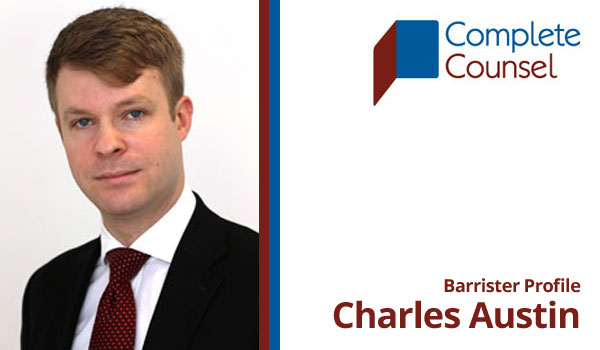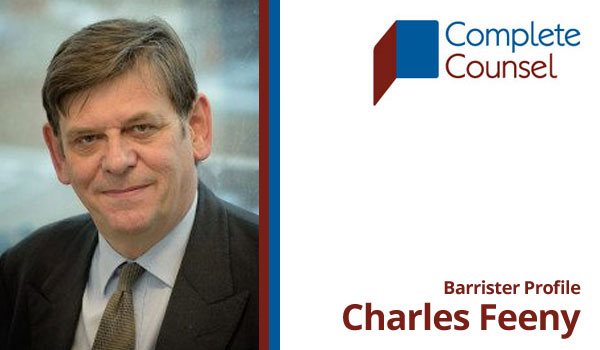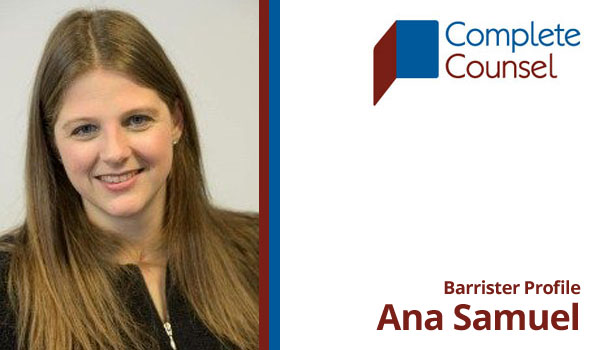Costs interim payments: to pay or not to pay?
It is clear that many law firms are feeling the pinch with the slow-down in work brought about by the current corona virus pandemic. Despite efforts to increase the number of cases being heard online the number moving through the system clearly remains low. This will inevitably impact upon firms’ cash-flow. One area where Claimant solicitors will increasingly look for relief is interim payment of costs. This note will summarise the legal position in light of the High Court decision in EXK v Hampshire Hospitals NHS Foundation Trust[2019] EWHC 2751 (QB).
Applications for an interim payment on account of costs are common in high value clinical negligence and personal injury cases. The starting point is to consider the discretion afforded to the court under Civil Procedure Rule 44.2:
(1) The court has discretion as to—
(a) whether costs are payable by one party to another;
(b) the amount of those costs; and
(c) when they are to be paid.
(2) If the court decides to make an order about costs—
(a) the general rule is that the unsuccessful party will be ordered to pay the costs of the successful party; but
(b) the court may make a different order.
…
(4) In deciding what order (if any) to make about costs, the court will have regard to all the circumstances, including—
(a) the conduct of all the parties;
(b) whether a party has succeeded on part of its case, even if that party has not been wholly successful; and
(c) any admissible offer to settle made by a party which is drawn to the court’s attention, and which is not an offer to which costs consequences under Part 36 apply.
(5) The conduct of the parties includes—
(a) conduct before, as well as during, the proceedings and in particular the extent to which the parties followed the Practice Direction – Pre-Action Conduct or any relevant pre-action protocol;
(b) whether it was reasonable for a party to raise, pursue or contest a particular allegation or issue;
(c) the manner in which a party has pursued or defended its case or a particular allegation or issue; and
(d) whether a claimant who has succeeded in the claim, in whole or in part, exaggerated its claim.
The discretion contained in CPR 44.2 is clearly wide. This was explicitly recognised by Master Cook in RXK. The case of RXKconcerned an application for an interim payment on account of costs in a high value clinical negligence case. Prior to the decision, the leading case appeared to be the County Court decision of X v Hull & East Yorkshire Hospitals NHS Trustwhere an interim payment on account of costs was allowed and permission to appeal refused by Irwin LJ. Master Cook grasped the opportunity to provide some much needed guidance in this uncertain area. Master Cook’s guidance can be summarised as:
- The discretion conferred by Section 51 of the Senior Courts Act 1981 and CPR 44.2 is an extremely wide one.
- The meaning of ‘successful party’ or ‘unsuccessful party’ cannot be confined to a binary outcome of the whole case.
- Pursuant to CPR 44.2(8), an interim payment can be made only where it has made a costs order that could be subject to detailed assessment. This is sometimes referred to as a ‘prospective’ or ‘anticipatory’ costs order.
- The application should be made down to a specific date and an interim payment on account of those costs.
- The court will consider the factors listed in 44.2(4) and (5) and will expect to see sufficient information to carry out that exercise. The court will not consider a test of exceptionality. The court will consider the need to preserve security for the Defendant and ensure that costs are not repaid, although an overpayment can be set-off against damages.
- Relevant matters include (but are not limited to):
- the type of funding agreement and details of any payments made under that agreement.
- Whether any Part 36 or other admissible offer has been made, and if so, full details of the offer.
- Details of any payments on account of damages made to date.
- A realistic valuation of the likely damages to be awarded at trial.
- A realistic estimate of the quantum costs incurred to the date of the application.
- Any other factor relevant to the final incidence of costs, such as the possibility of an issue-based costs order, arguments over rates or relevant conduct.
- The likely date of trial or trial window.
Ultimately, in RXKthe matter was adjourned to afford the Claimant the opportunity to serve further evidence. Master Cook characterised the application as a cri de coeurfor more money by the Claimant solicitor. Practically, Claimants and Defendants should consider:
- Has there has been a liability admission?
- Has judgment has been entered on liability?
- Is the claim able to be quantified or is further evidence necessary?
- Has the Defendant has made a realistic offer to settle the matter? In cases where significant offers have been made the court is less likely to accept a request for an interim payment.
- Parties should attempt to negotiate any interim to avoid the cost of an application.
It is clear that the court will not make an award for an interim payment on account of costs simply because a claimant asks it. Any application must be thought out and address the factors listed above. Whilst the law does allow for an award before the conclusion of litigation, pleading cash flow problems at the outset of the application is unlikely to find favour. That being said, in liability admitted cases where the security of the Defendant can be better protected such applications may increasingly find favour with judges receptive to the present difficulties. Whilst not a dilemma of Shakespearean proportions, Defendants should ready themselves for an increase in the number of applications and give careful thought to whether they can legitimately be resisted.
Charles Austin
23rdApril 2020
Charles.austin@completecounsel.co.uk
Claire.labio@completecounsel.co.uk




